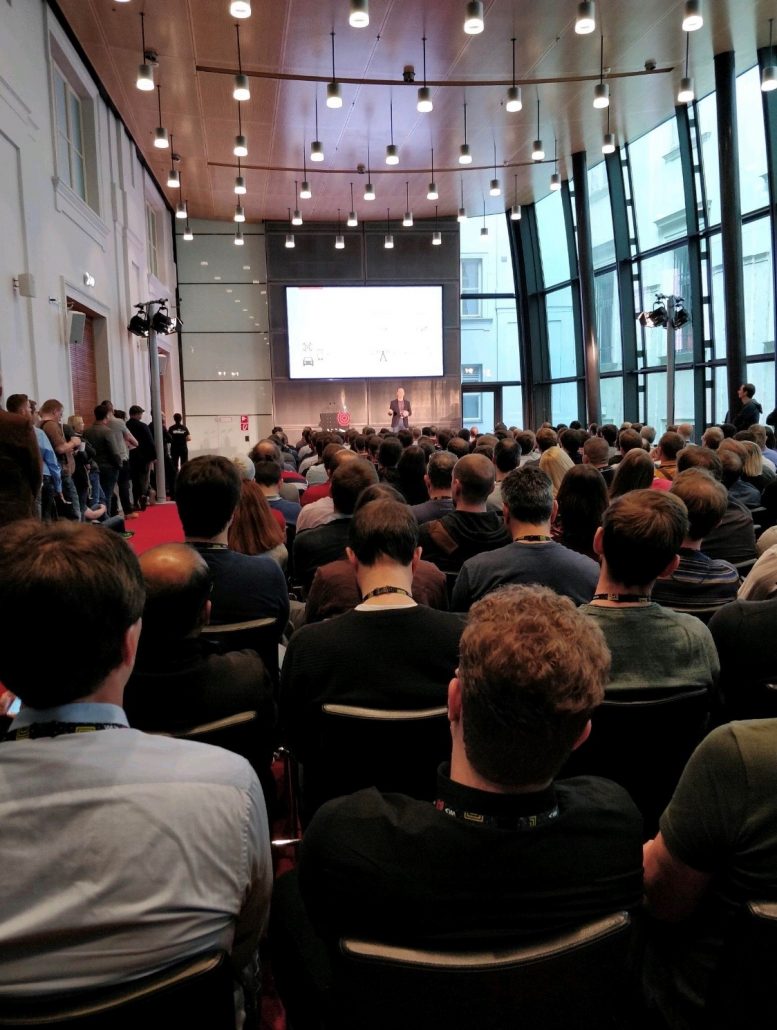The paper “Making simulation results reproducible—Survey, guidelines, and examples based on Gradle and Docker” has been accepted and published in PeerJ Computer Science.
Authors: Wilfried Elmenreich, Philipp Moll, Sebastian Theuermann, Mathias Lux (Alpen-Adria-Universität Klagenfurt)
Abstract: This article addresses two research questions related to reproducibility within the context of research related to computer science. First, a survey on reproducibility addressed to researchers in the academic and private sectors is described and evaluated. The survey indicates a strong need for open and easily accessible results, in particular, reproducing an experiment should not require too much effort. The results of the survey are then used to formulate guidelines for making research results reproducible. In addition, this article explores four approaches based on software tools that could bring forward reproducibility in research results. After a general analysis of tools, three examples are further investigated based on actual research projects which are used to evaluate previously introduced tools. Results indicate that the evaluated tools contribute well to making simulation results reproducible but due to conflicting requirements, none of the presented solutions fulfills all intended goals perfectly.
The full paper can be found on: https://peerj.com/articles/cs-240/

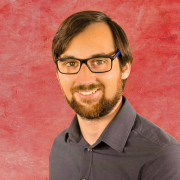




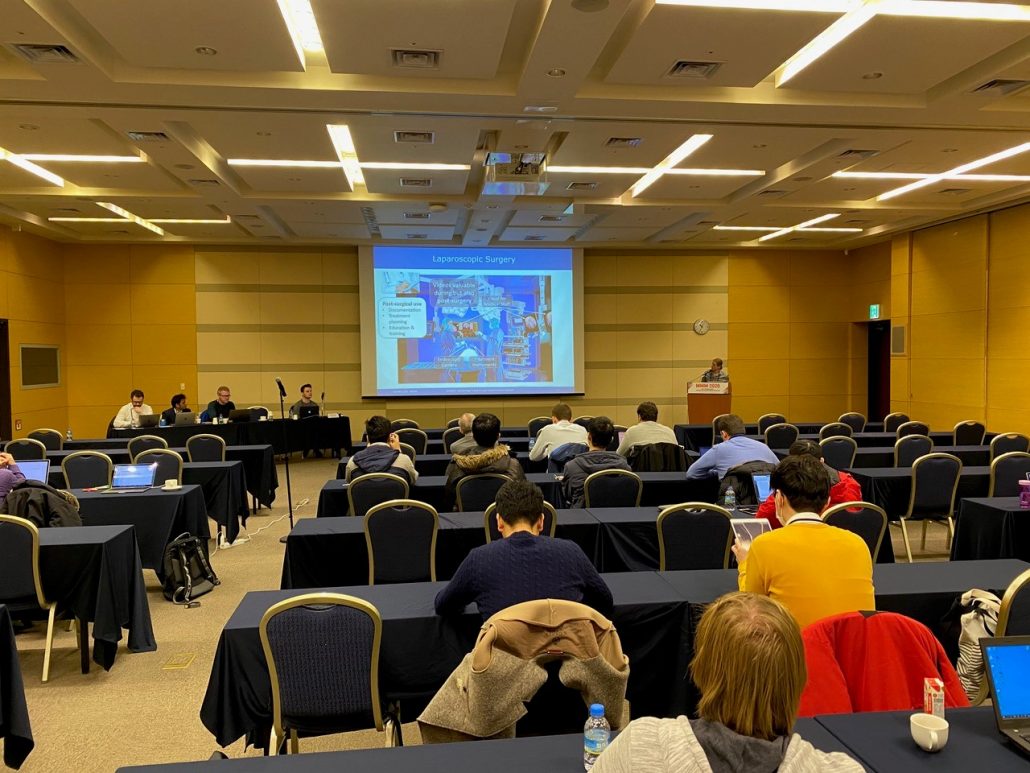
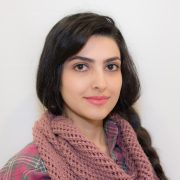
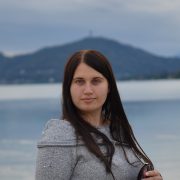
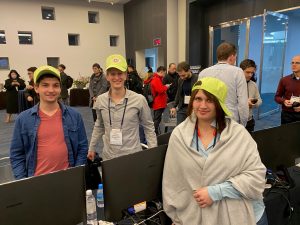
 VBS 2020 in Daejeon (South Korea) was an amazing event with a lot of fun! Eleven teams, each consisting of two users (coming from 11 different countries) competed against each other in both a private session for about 5 hours and a public session for almost 3 hours. ITEC did also participate with two teams. In total all teams had to solve 22 challenging video retrieval tasks, issued on a shared dataset consisting of 1000 hours of content (V3C1)! Many thanks go to the VBS teams but also to the VBS organizers as well as the local organizers, who did a great job and made VBS2020 a wonderful and entertaining event!
VBS 2020 in Daejeon (South Korea) was an amazing event with a lot of fun! Eleven teams, each consisting of two users (coming from 11 different countries) competed against each other in both a private session for about 5 hours and a public session for almost 3 hours. ITEC did also participate with two teams. In total all teams had to solve 22 challenging video retrieval tasks, issued on a shared dataset consisting of 1000 hours of content (V3C1)! Many thanks go to the VBS teams but also to the VBS organizers as well as the local organizers, who did a great job and made VBS2020 a wonderful and entertaining event!

